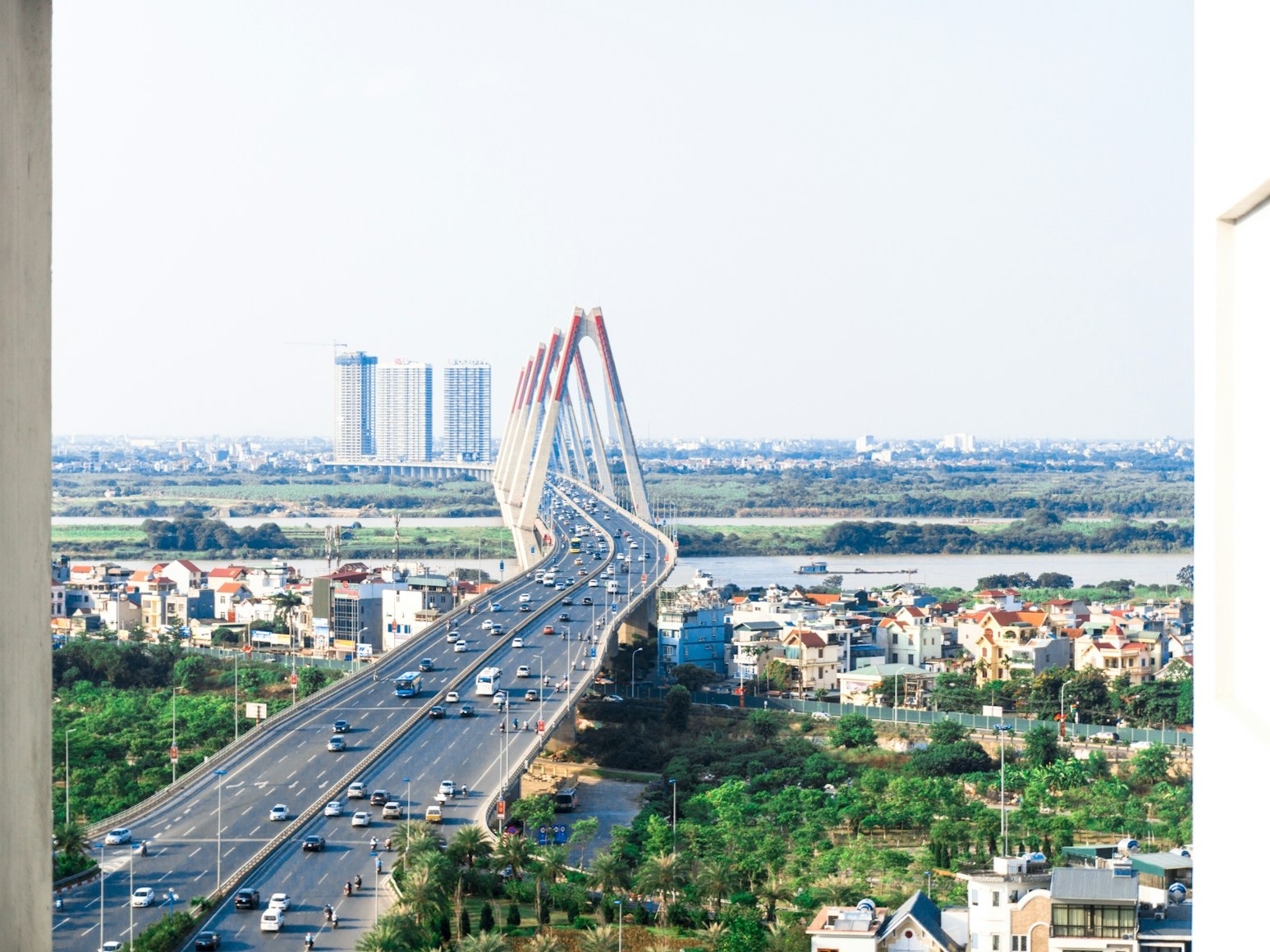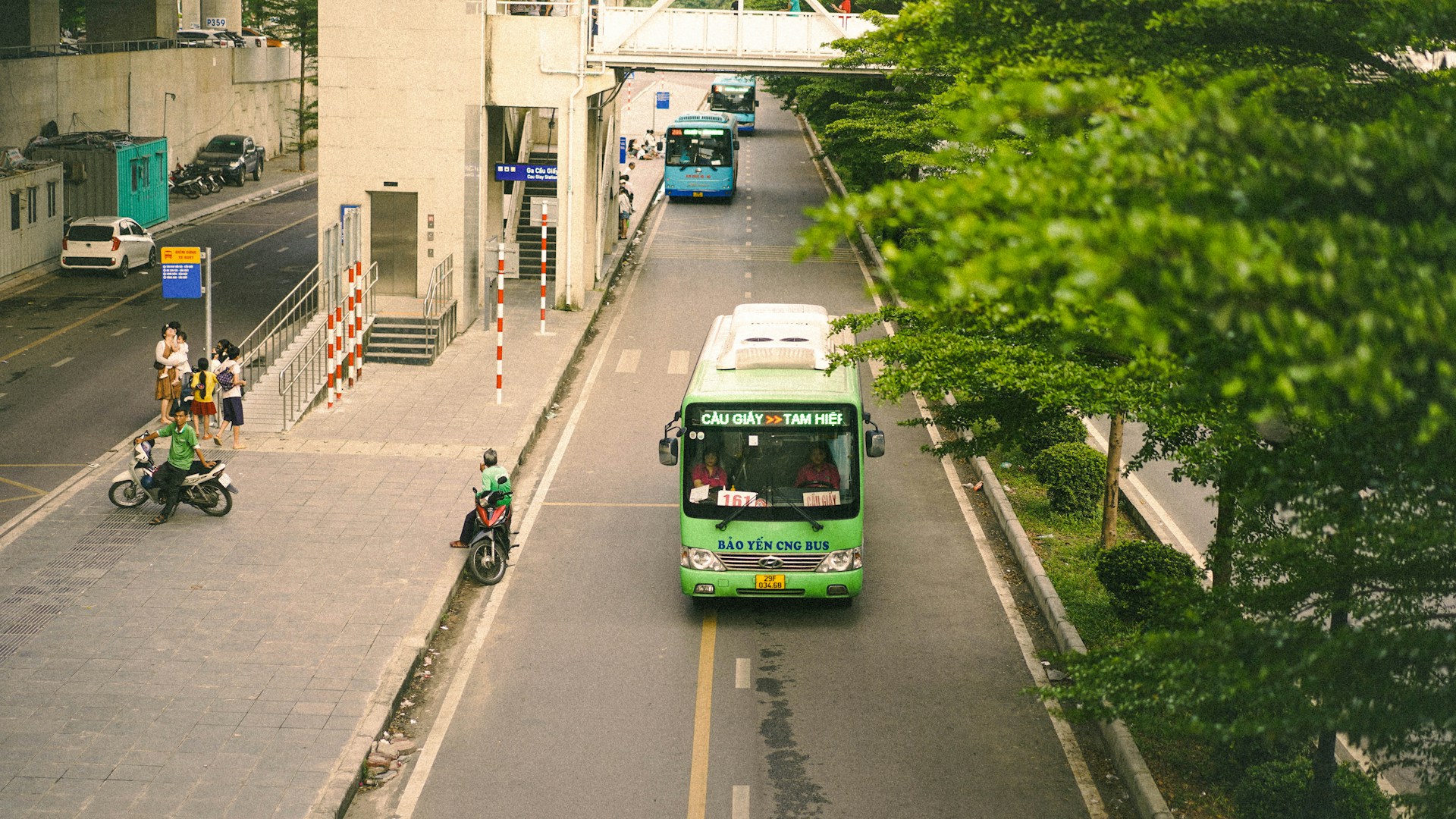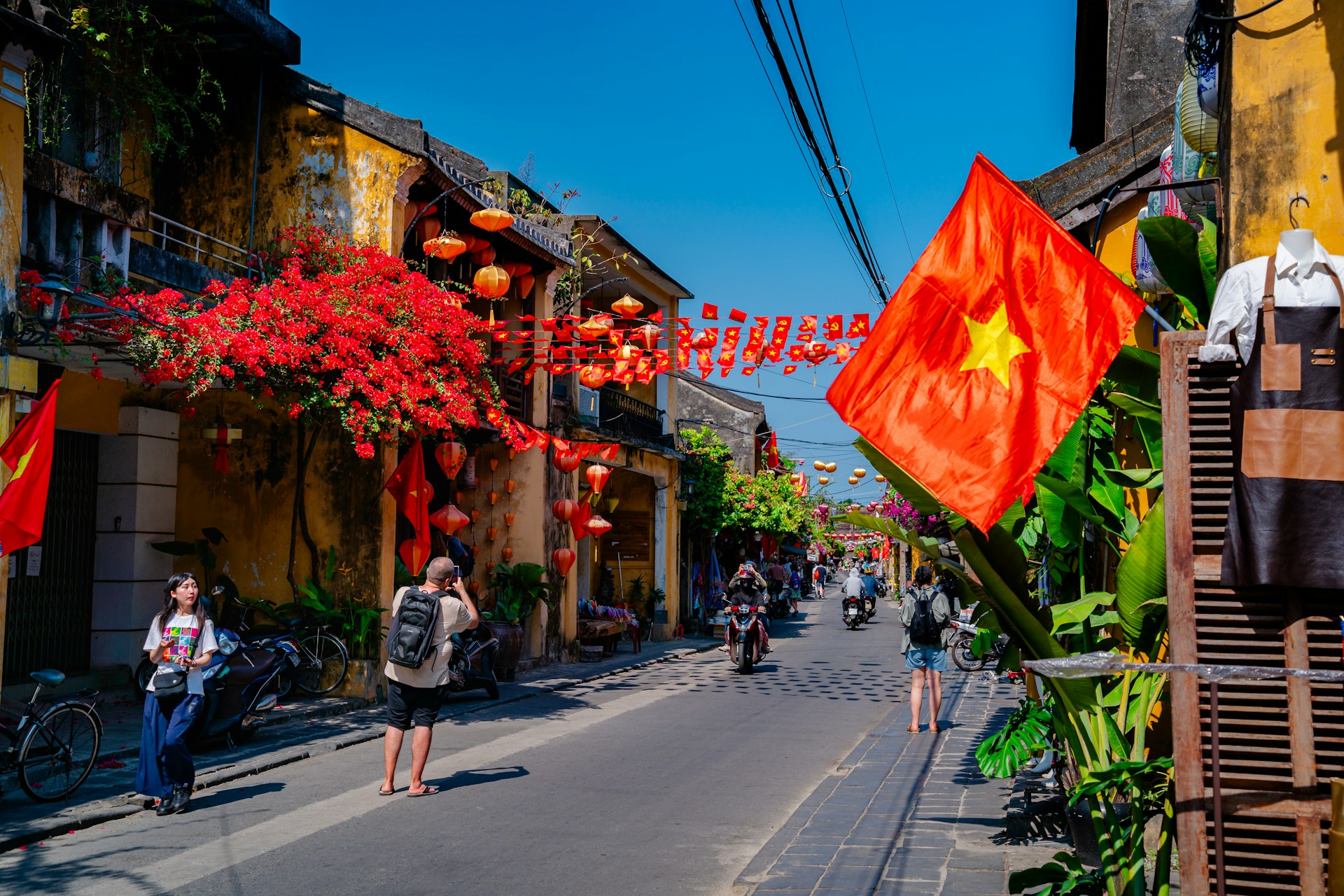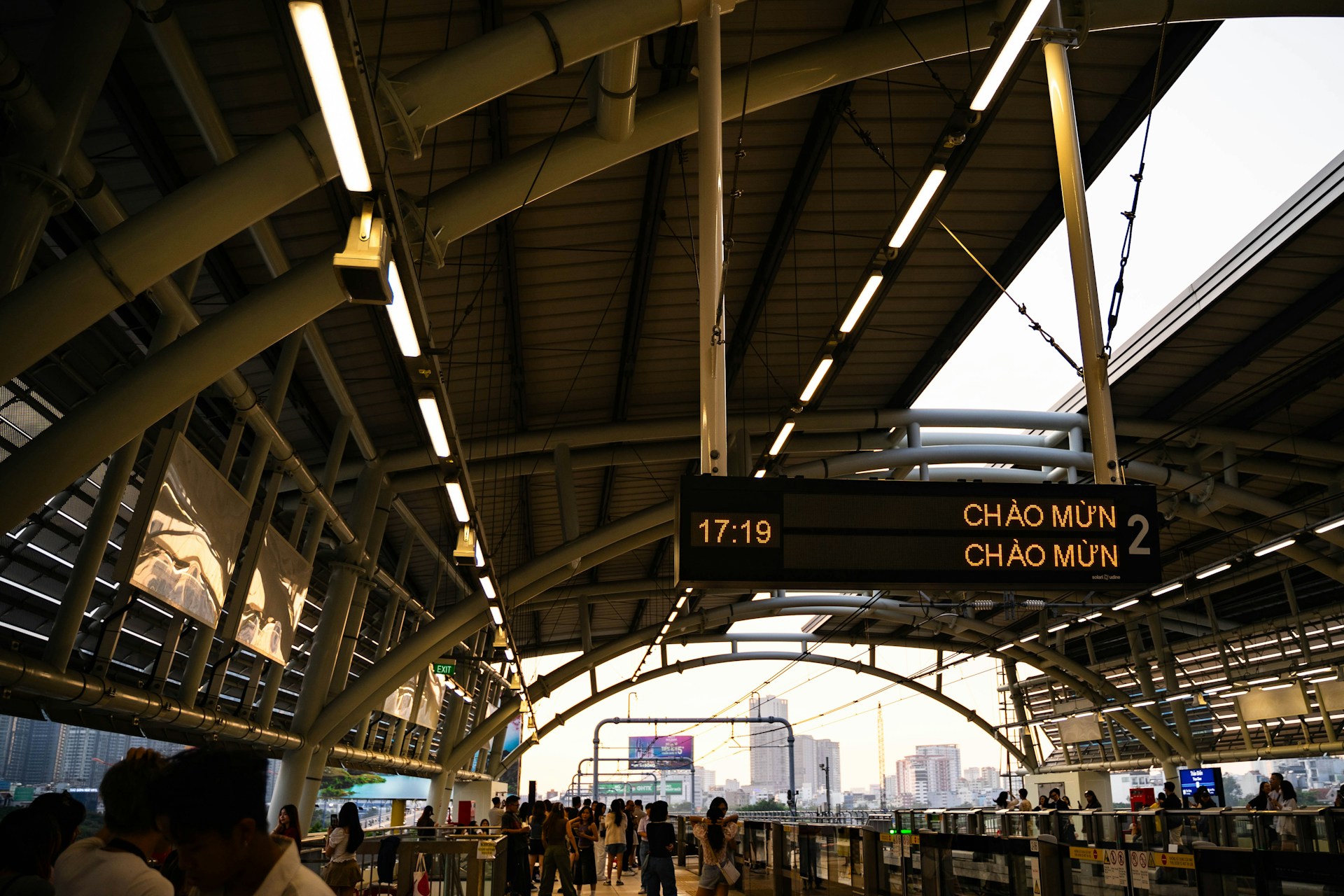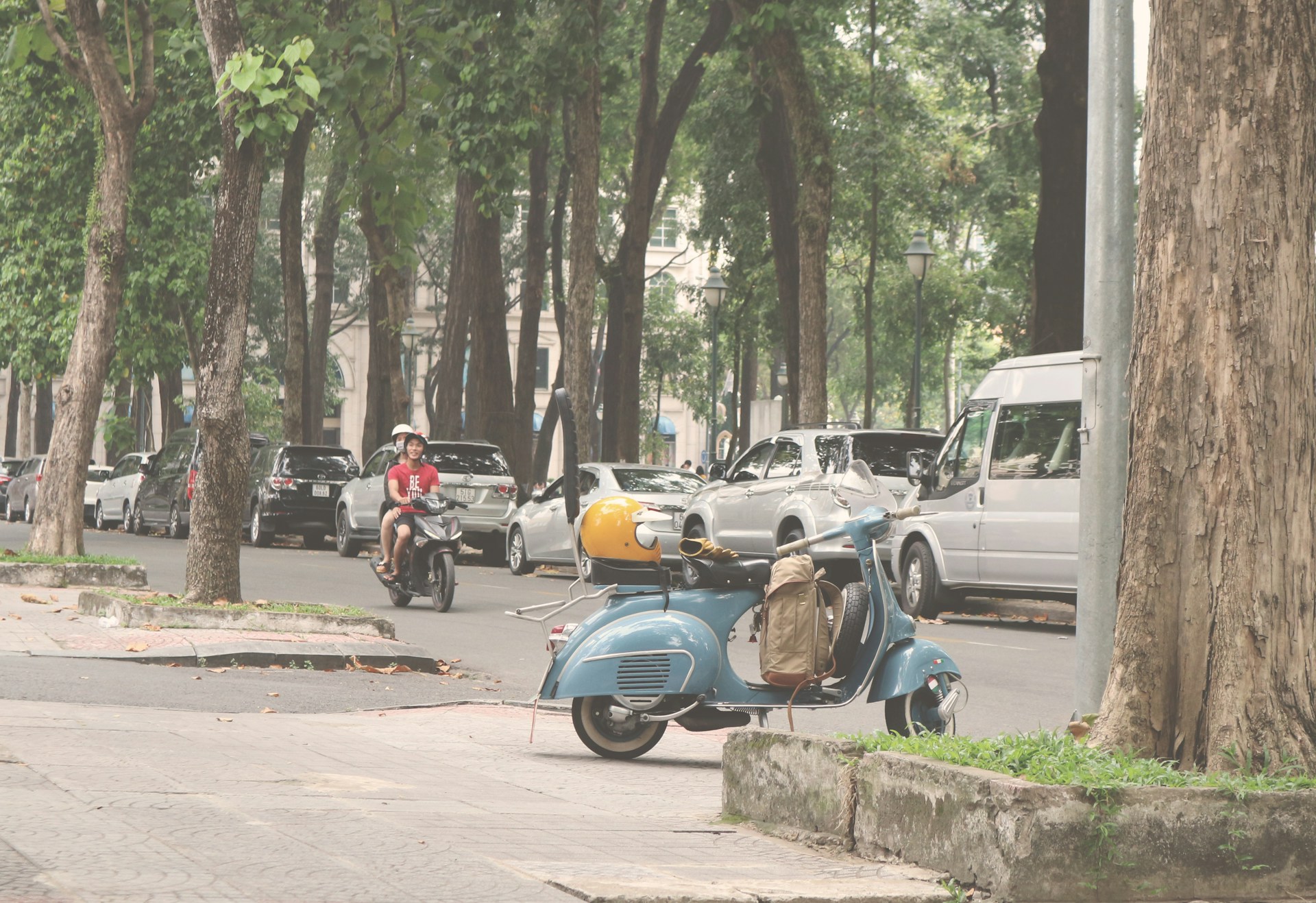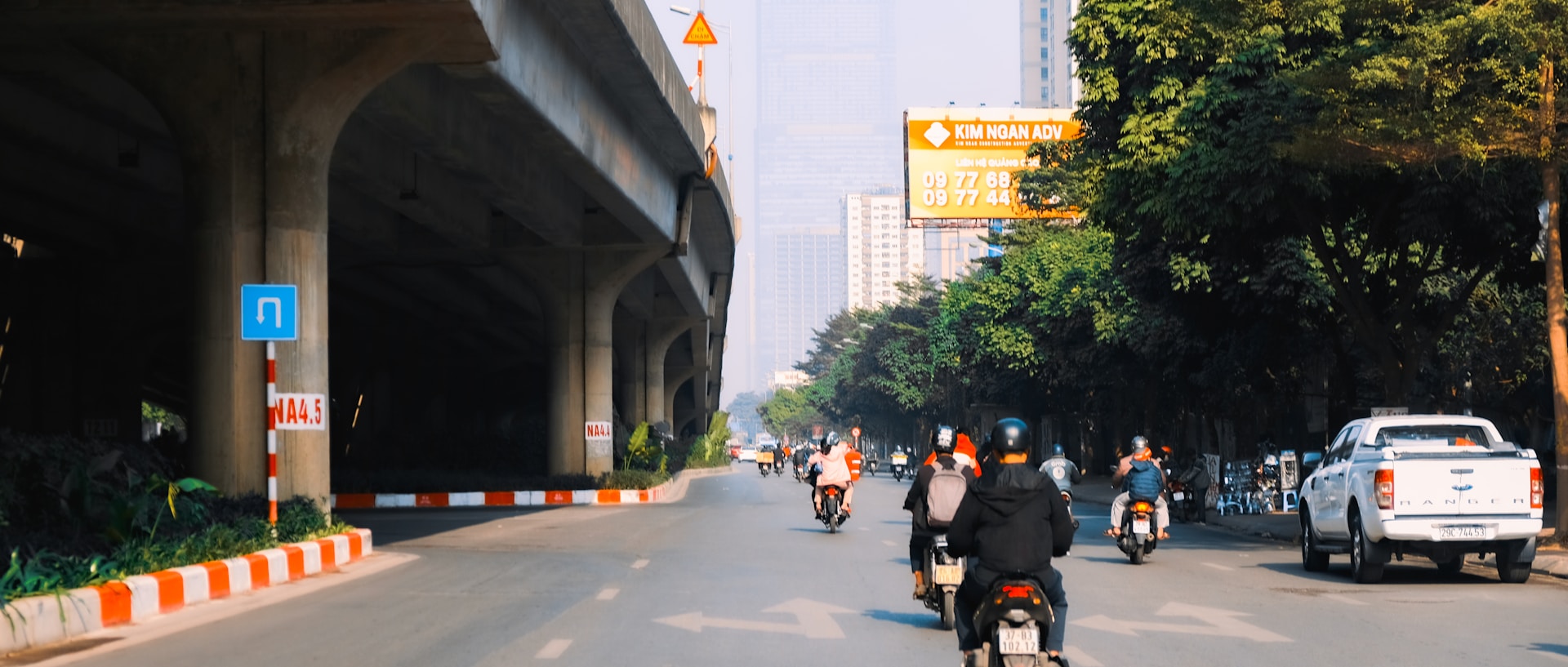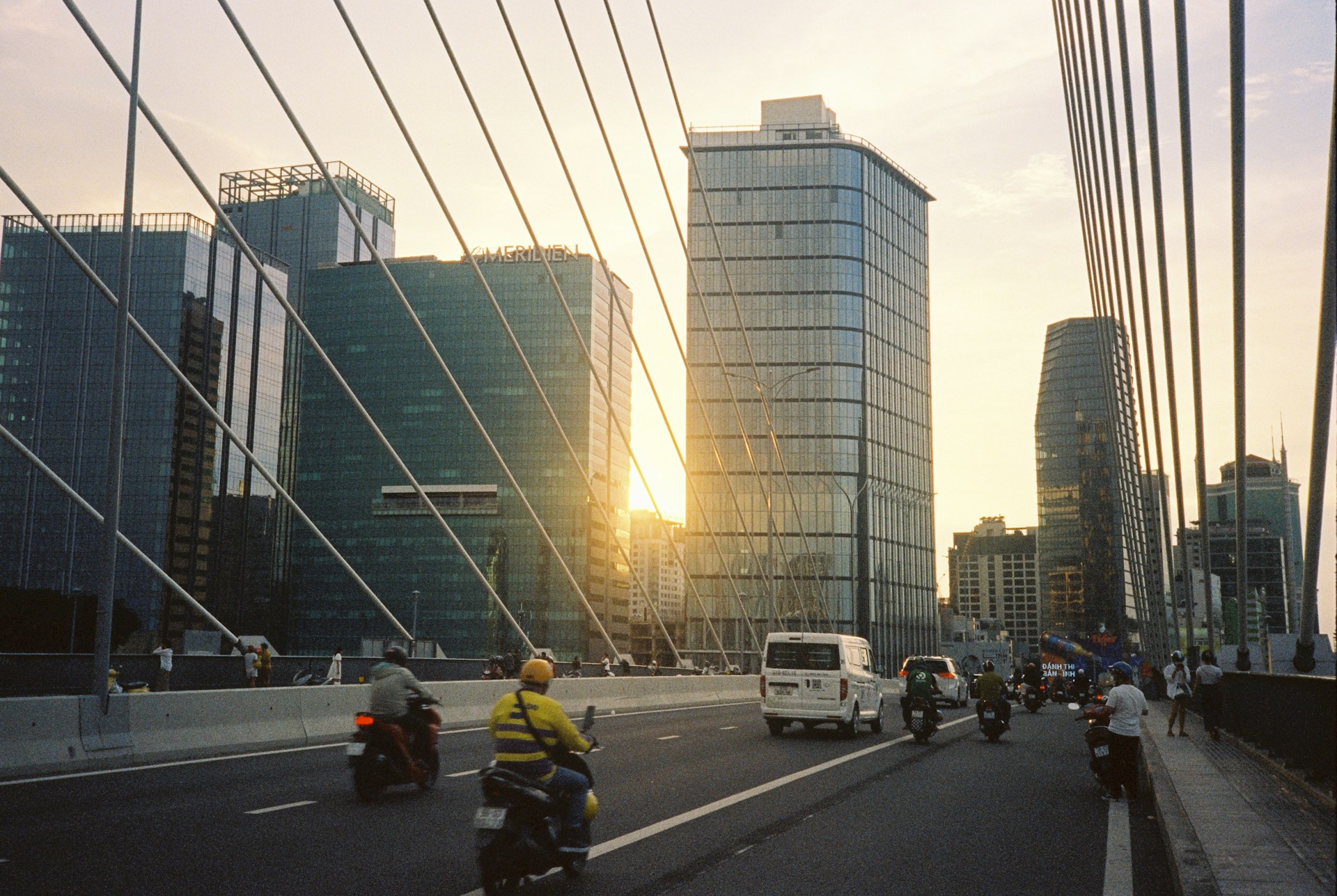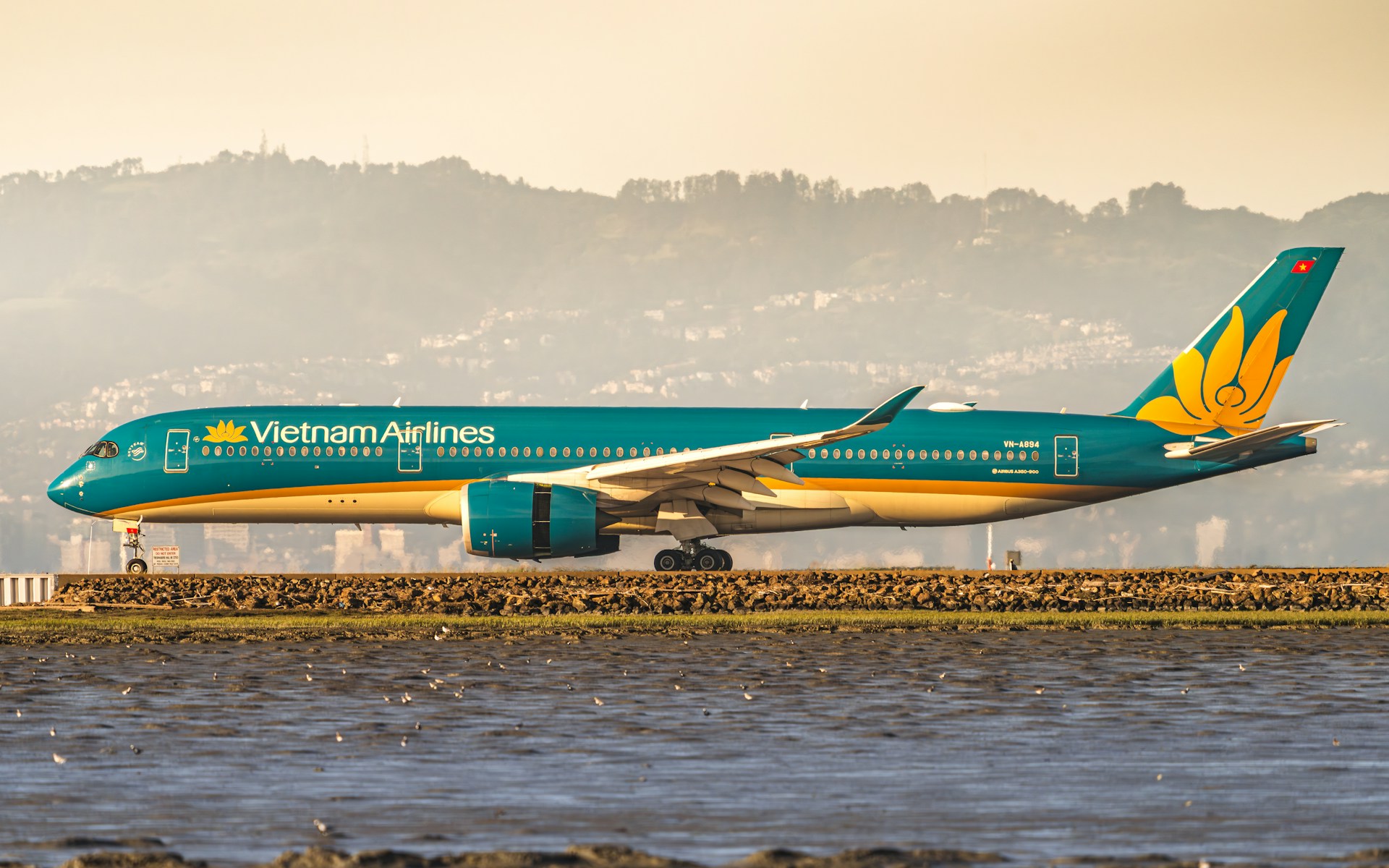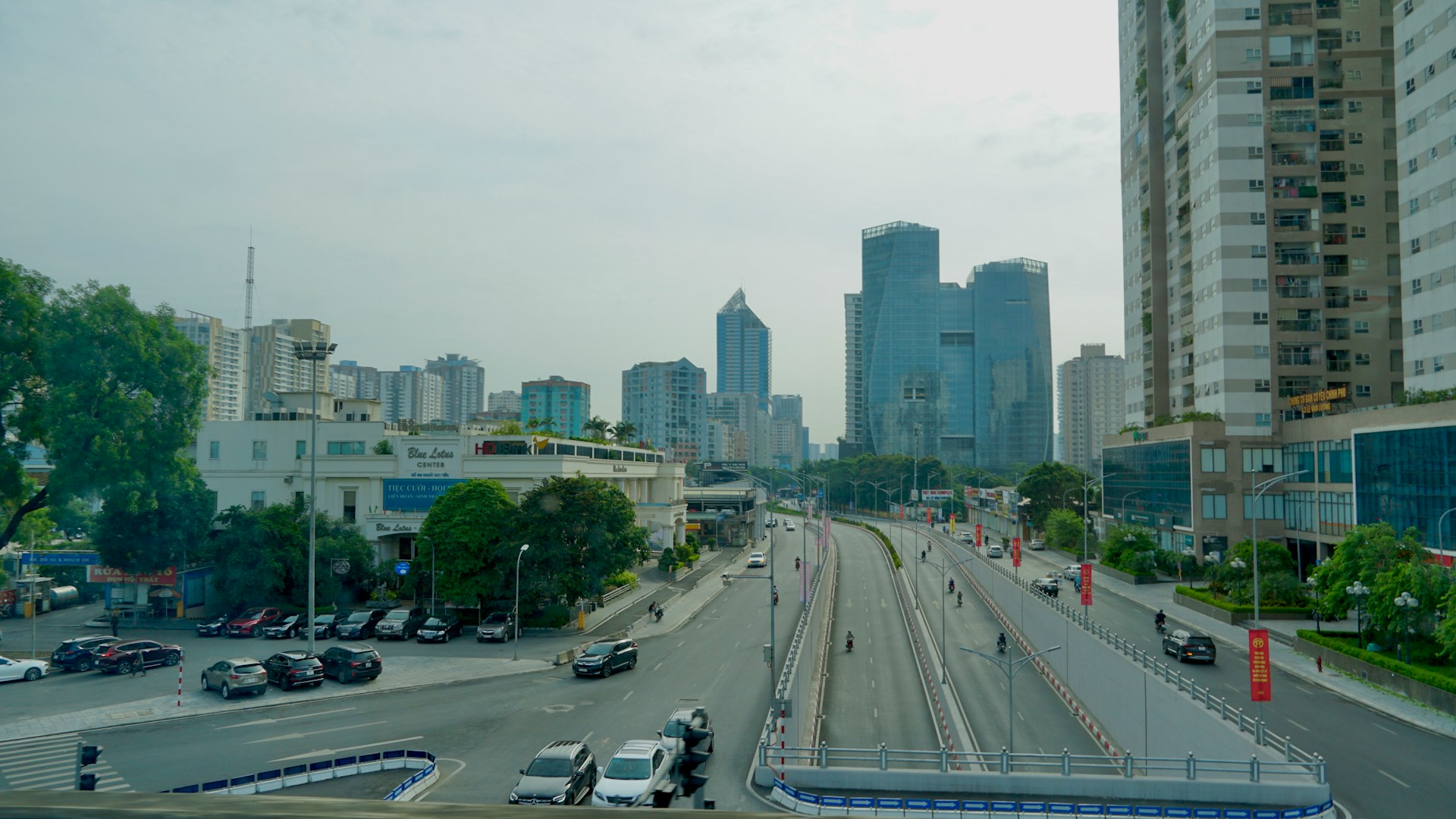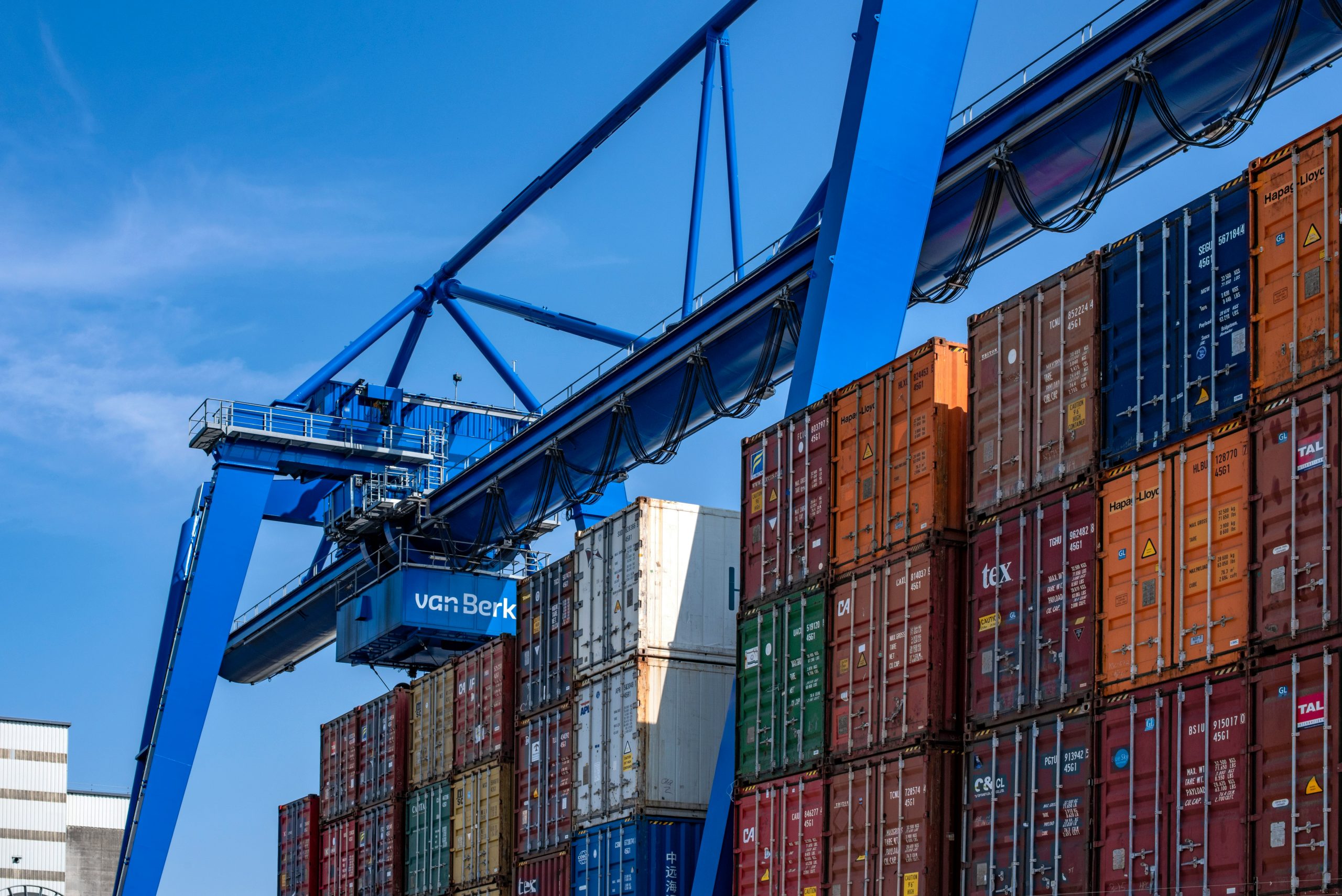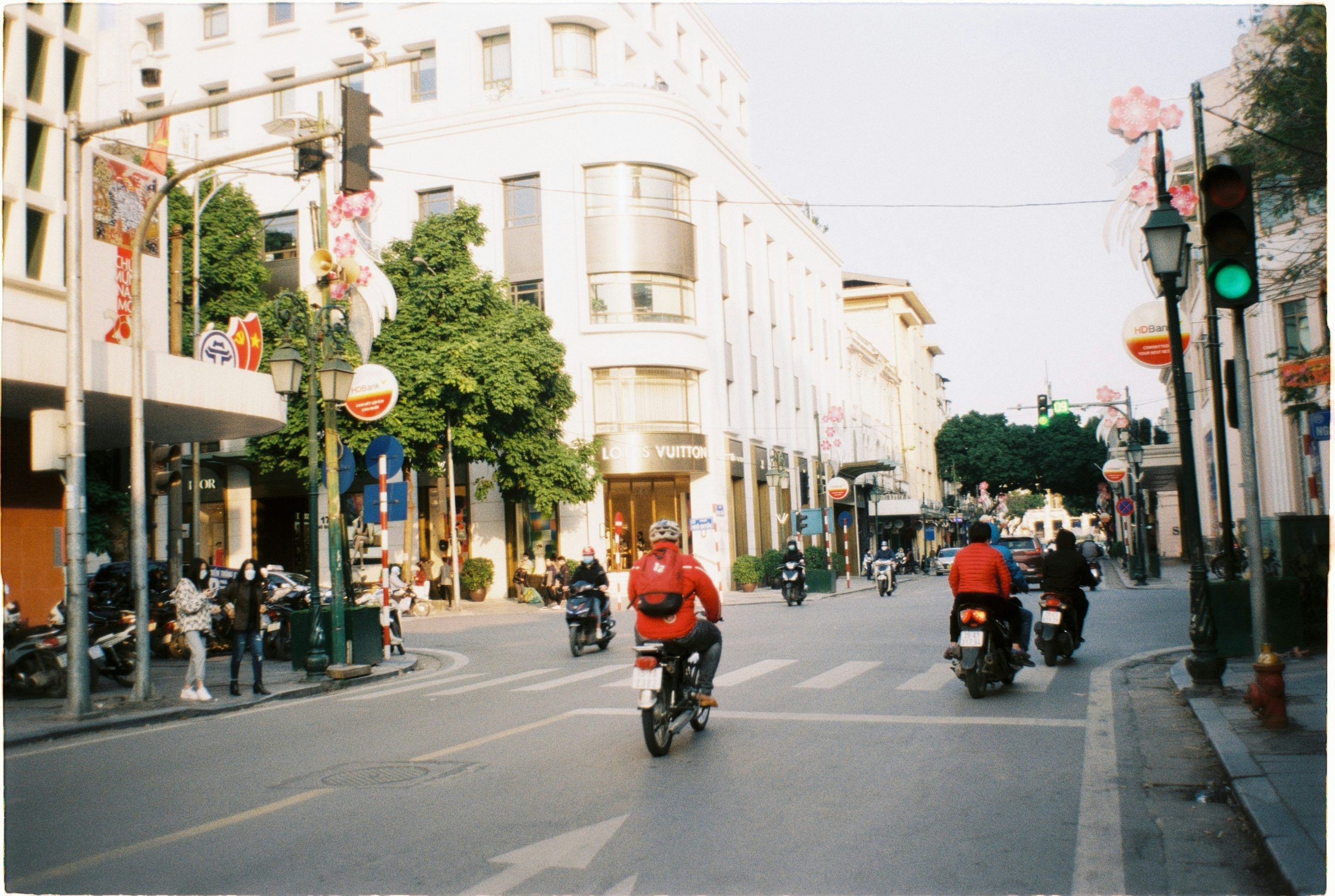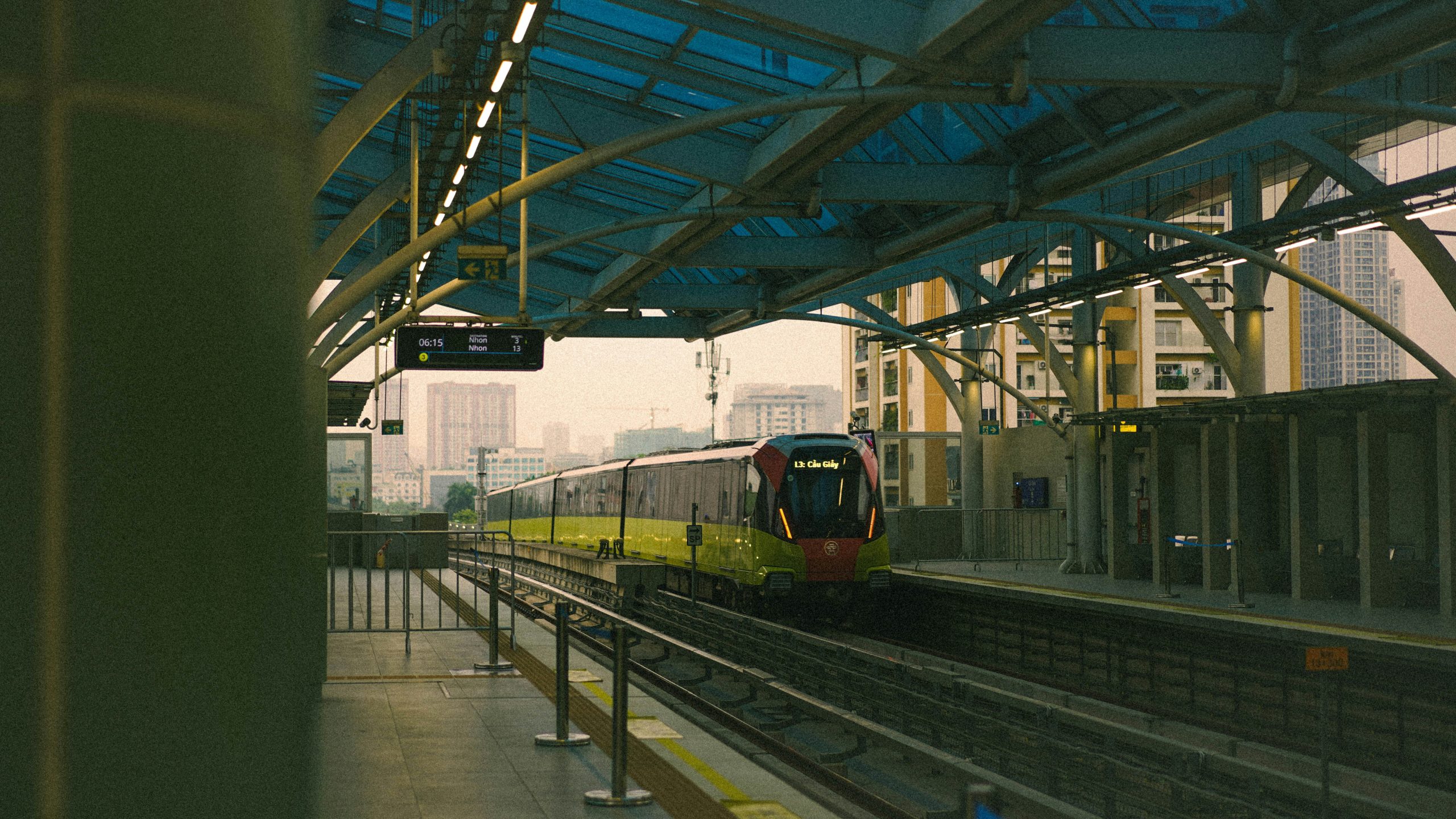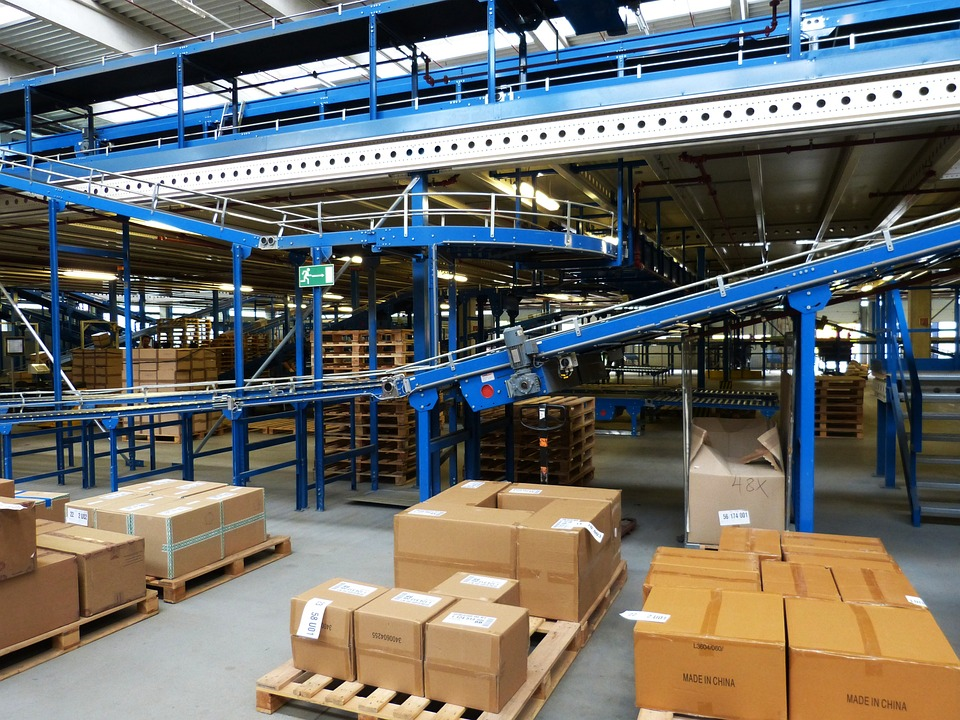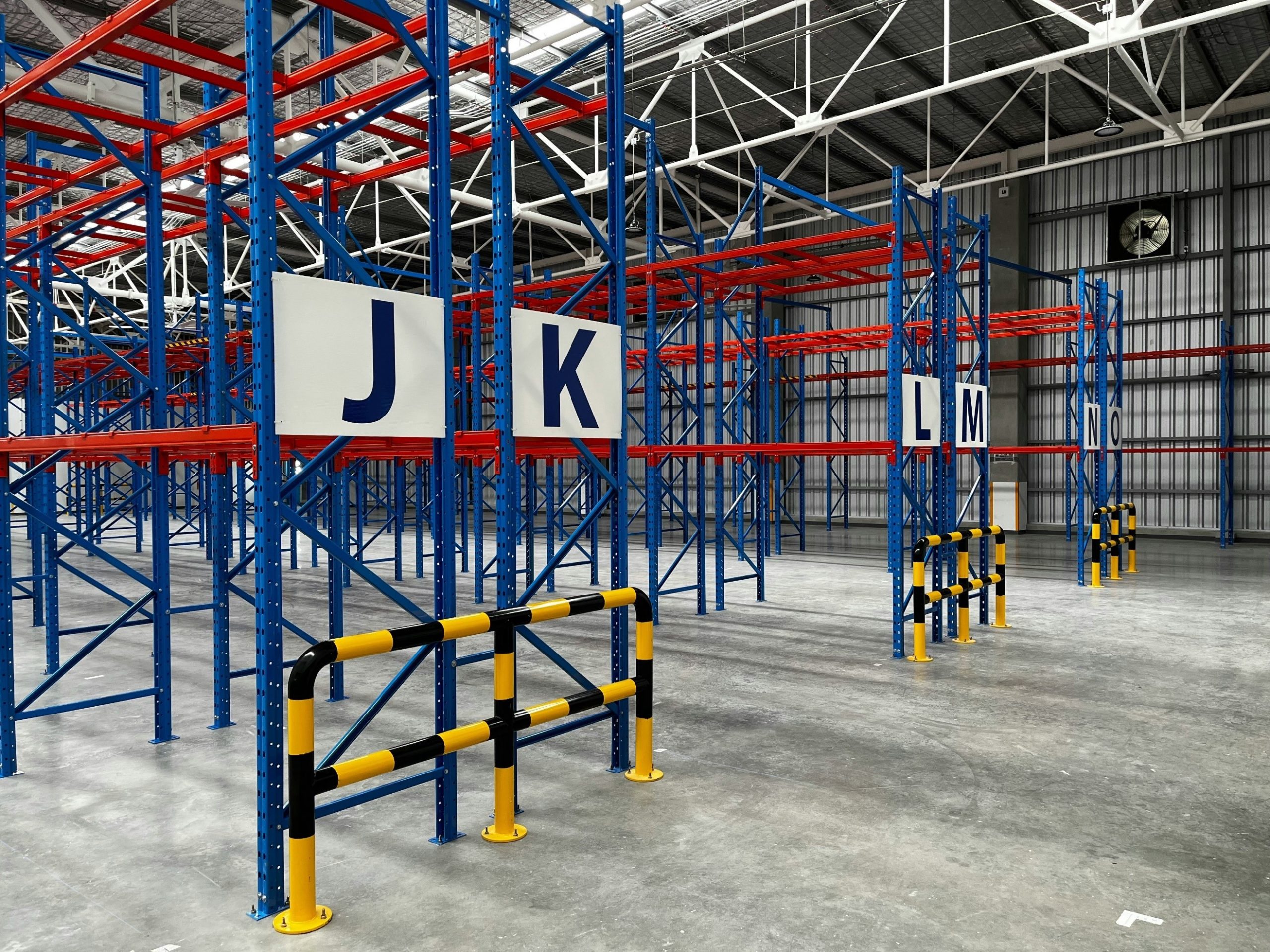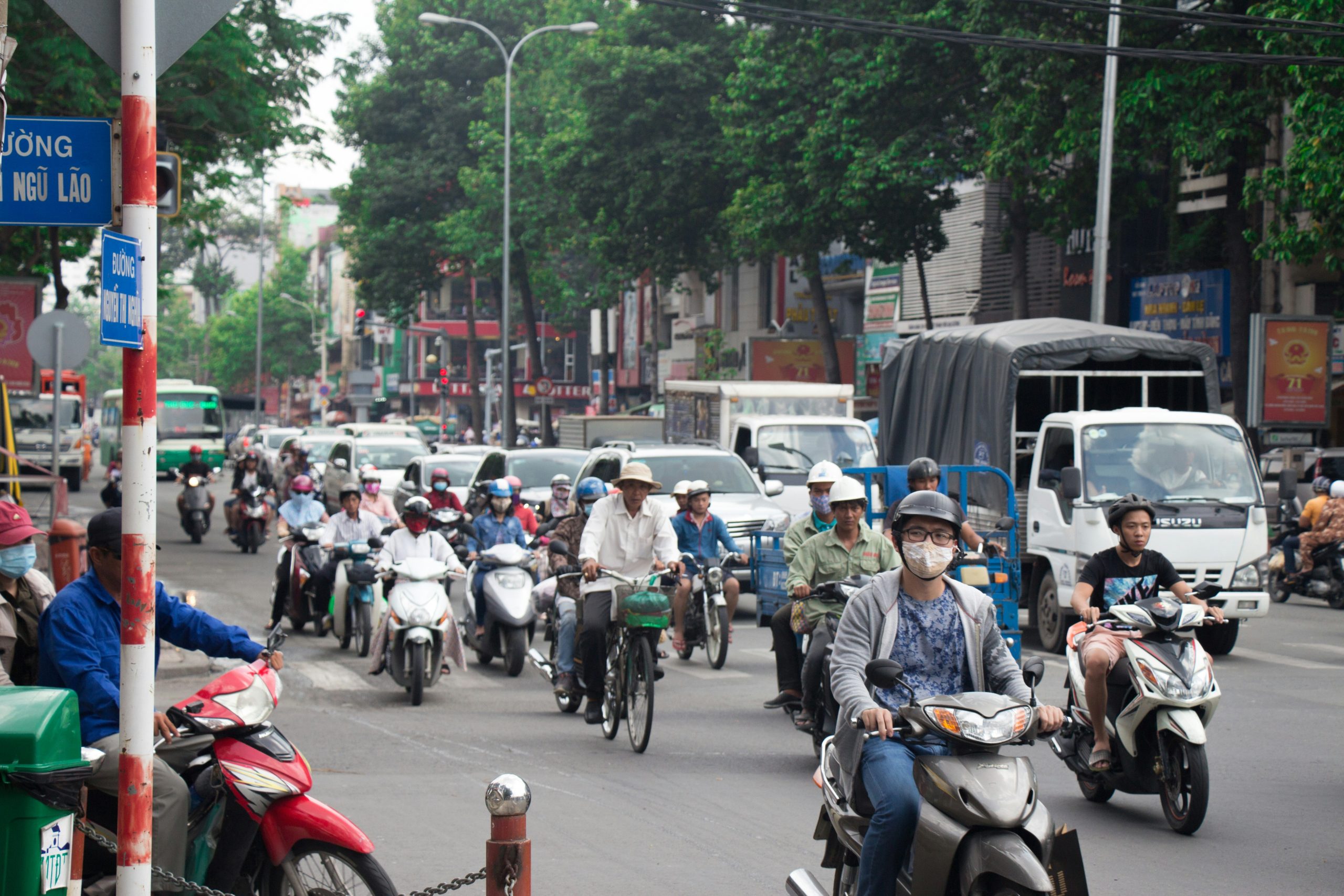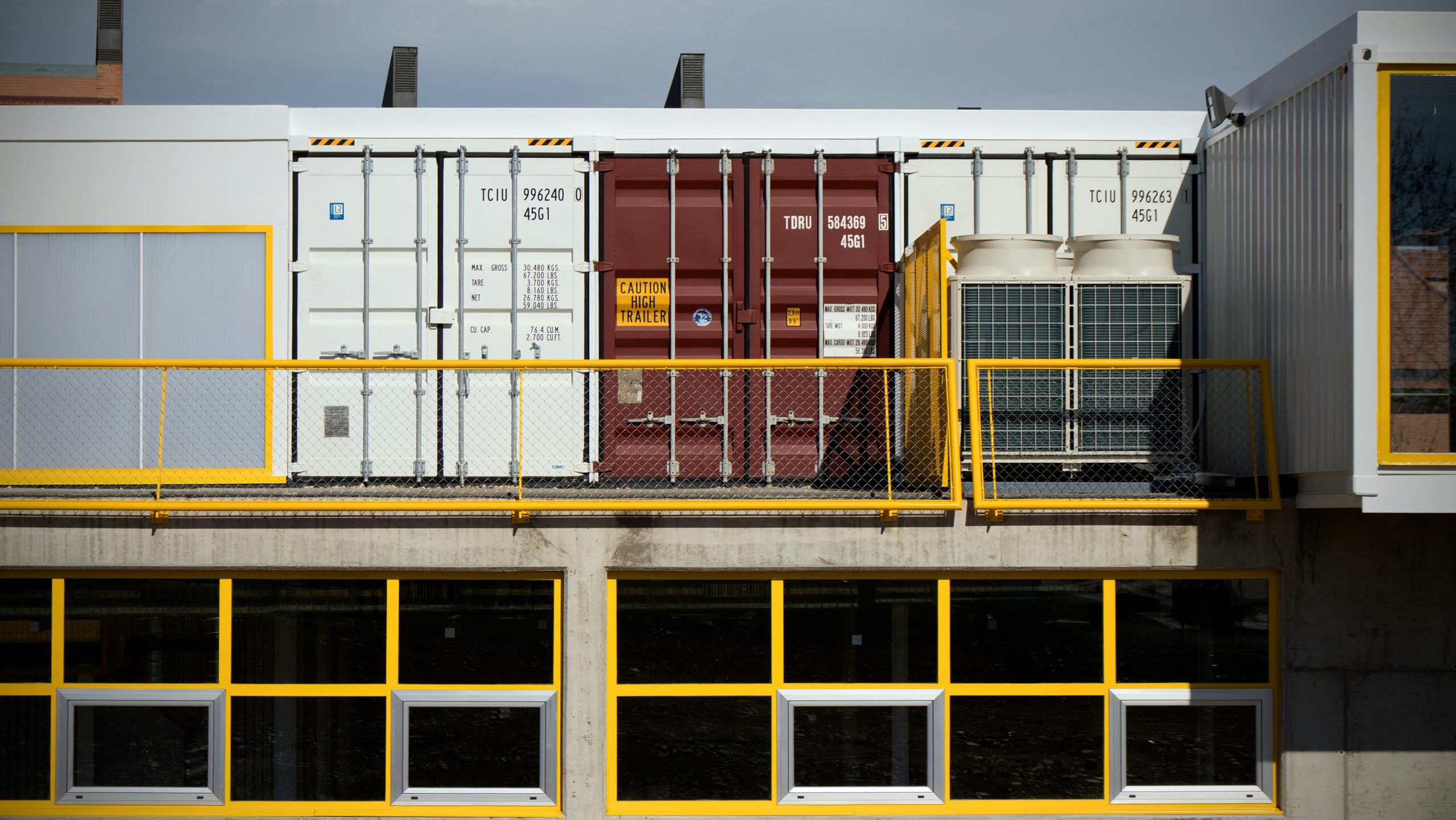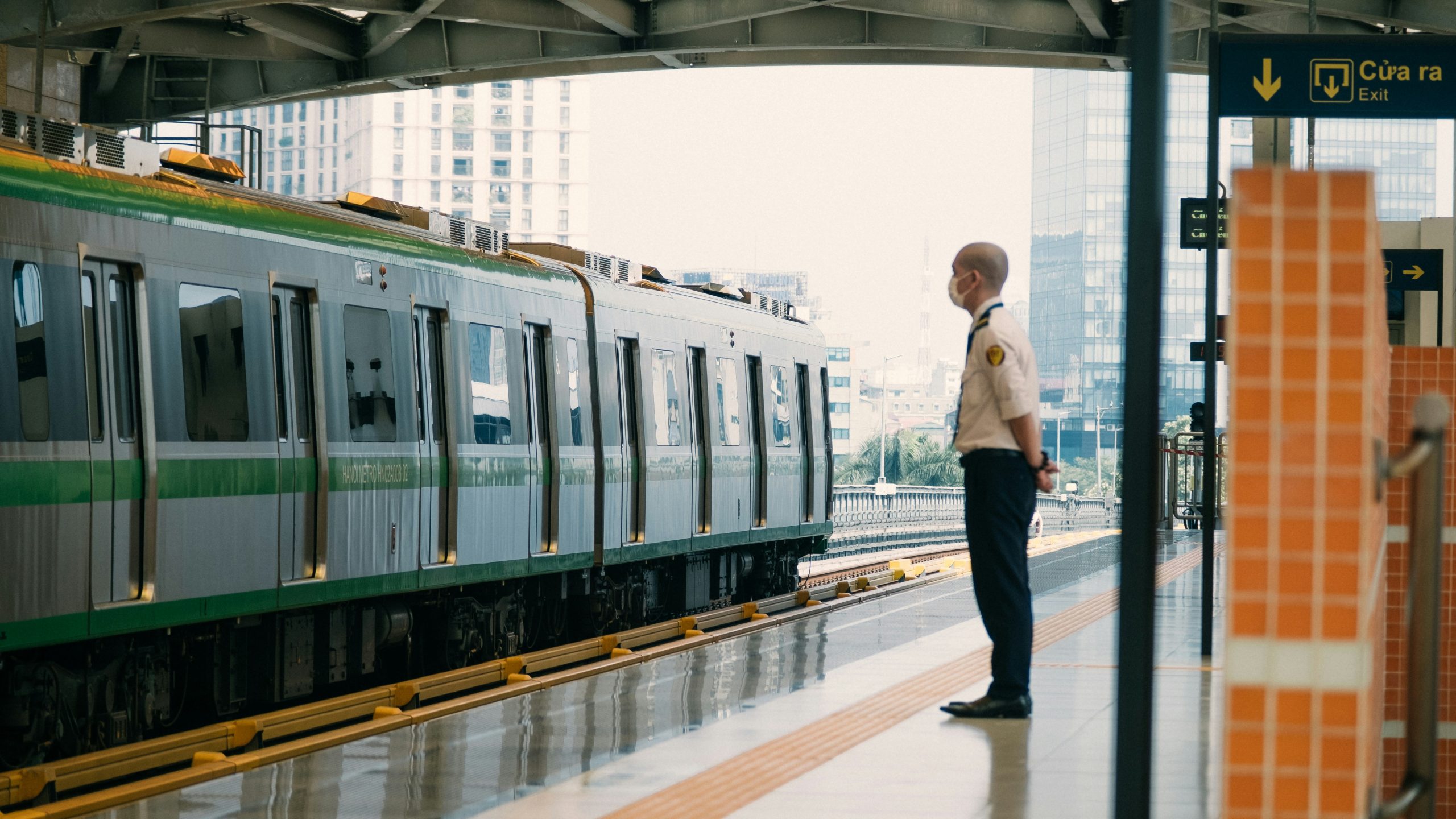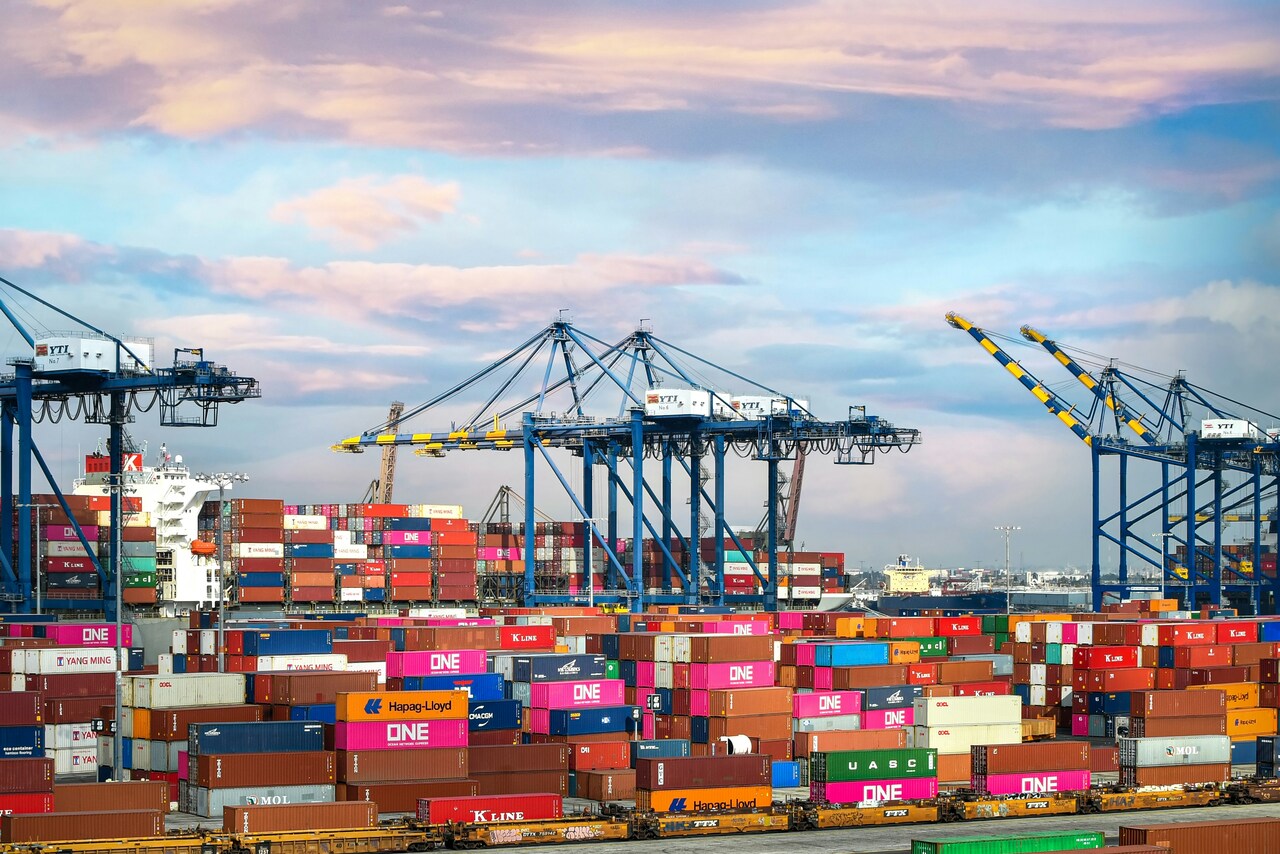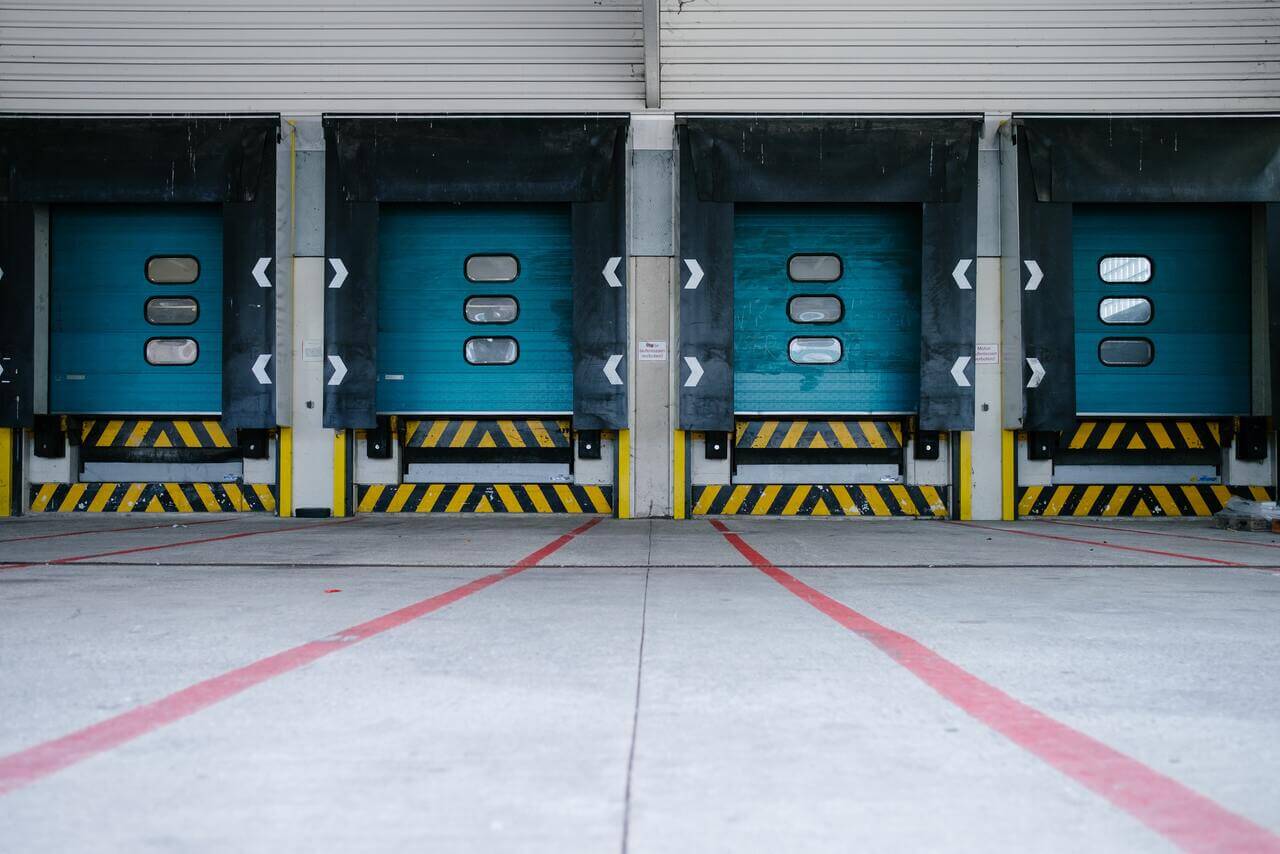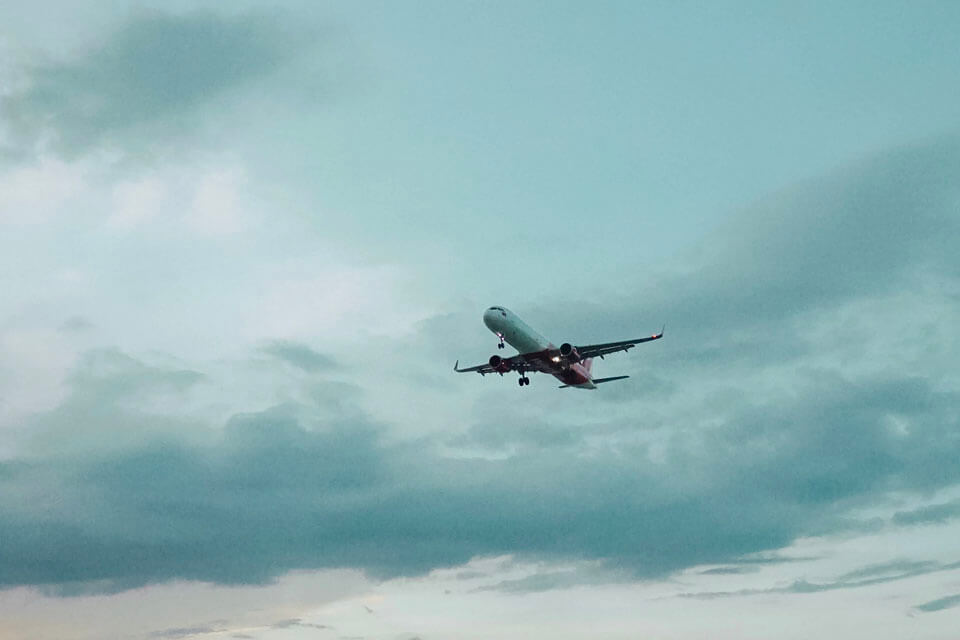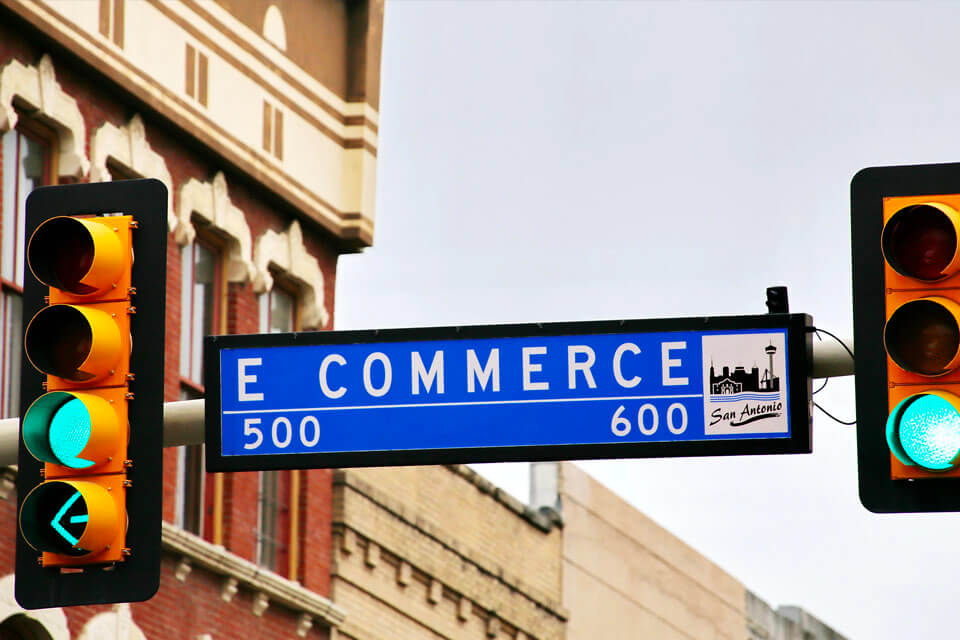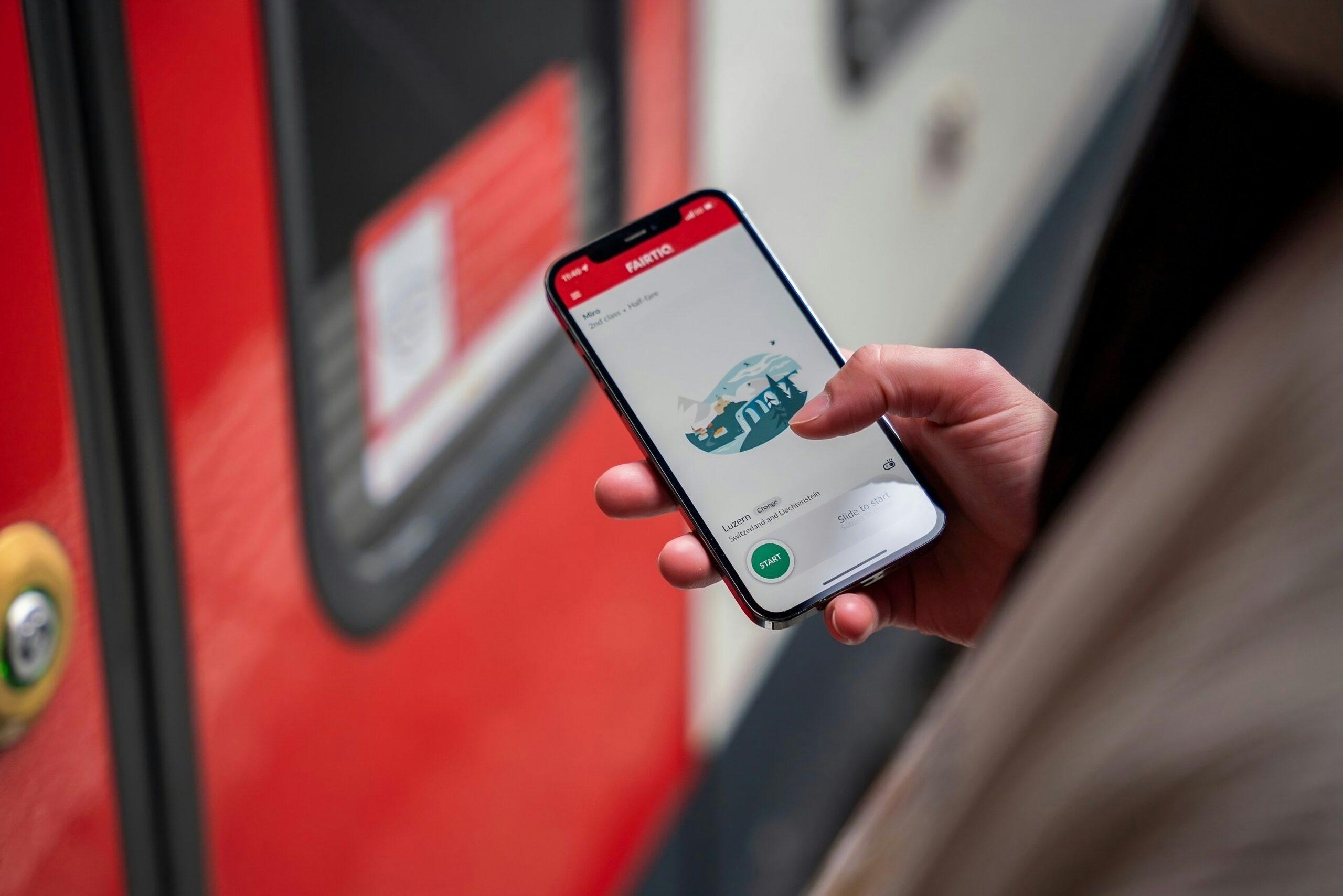
158 月2025
最新消息及报道 / 越南简报
评论: 没有评论.
随着城市化进程加快和环境压力的加大,越南人的出行方式正在发生改变。公共交通不再仅限于公交车或地铁,而是融入了科技元素,用户触手可及的智能数字应用应运而生。
公共交通和移动应用的普及率不断上升
据河内公共交通管理中心(HPTC)统计,今年前9个月,河内市地铁和公交系统共发送乘客3.57亿人次,同比增长56.8%,完成年度目标的96.4% [1]。公交网络总收入估计为4102亿越南盾,车辆发送量约为5,451,201辆,乘客4.102亿人次。与2022年同期相比,客运量增加了57.1%,达到计划的94.7%。仅快速公交(BRT)线路就发送了约340万人次[1]。公共交通因其便捷性而越来越受到居民的青睐,因为它有助于节省时间和精力。同时,选择公共交通有助于减少私家车的使用,从而缓解交通拥堵并降低有害排放。
越南用户,尤其是年轻一代,越来越多地将公共交通应用视为城市出行的必备工具。据市场领先应用 BusMap 的数据,该应用每年约有 60 万活跃用户 [2]。大多数用户依赖路线查询、实时公交车到站追踪、数字支付和站点提醒等关键功能。这标志着明显的行为转变:从被动担心延误或错过站点,到主动管理行程。如今,公共交通体验通常始于智能手机屏幕。
越南公共交通应用生态系统
越南的公共交通应用市场并非一个孤立的领域,而是一个复杂的生态系统,涉及多个利益相关者,每个利益相关者都有各自的角色和策略。这些参与者可以分为三大类:
公共交通应用生态系统中的三大主要群体
| 团体 | 特征 | 示例 |
| 专用应用程序 | 以服务公共交通用户为核心目的而开发的应用程序。 | 公交地图 (Phenikaa MaaS) VinBus (Vin集团) |
| 政府支持的应用程序 | 由交通部 (DoT) 发布或认可的官方应用程序,旨在提供可靠的信息和管理服务。 | 去吧!巴士 (FPT信息系统、Grab)
河内公共交通电子票 (Transerco、Viettel 和 Nhat Cuong 公司) |
| 集成平台 | 超级应用程序和电子钱包并不直接提供公共交通服务,而是充当分销渠道和支付网关,从而发挥强大的影响力。 | Momo(Momo电子钱包),
Zalo 支付 (VNG) |
来源:B&Company编译
目前,越南的公共交通应用程序(例如BusMap)在连接各种交通方式、为城市用户打造无缝衔接的出行体验方面取得了显著进展。这些应用程序不再局限于公交车信息,而是整合了河内和胡志明市高架地铁线路(地铁)以及胡志明市水上巴士服务的数据。系统自动计算并提供最佳路线,灵活地结合步行、公交车和地铁换乘[3]。这清晰地体现了越南为应对多式联运挑战所做的努力,为城市居民提供了更加无缝的出行体验。
然而,在跨省出行方面,这些应用的局限性显而易见。它们的主要发展方向仍然集中在大城市的城市公共交通网络。因此,提供省际公交或火车线路的详细、全面的信息仍然不是它们的强项。需要跨省出行的用户通常不得不转向其他专门的平台,例如公交公司或火车票预订网站的应用,而无法在日常使用的城市交通应用上找到这些信息。
越南一些主要的公共交通应用程序
| 标准 | 公交地图 (Phenikaa MaaS) | VinBus | 去吧!巴士
(Zalo 迷你应用程序) |
河内公共交通电子票 |
| 预计下载量 | > 4,500,000 | > 100,000 | > 261,000 次访问(1 个月内) | 不公开 |
| 每月活跃用户 | ~ 600,000 | 不公开 | 约 245,000 名用户(1 个月内) | 已发行虚拟卡 15 万张 |
| 地理覆盖范围 | 越南7个省以及泰国和马来西亚 | 河内、胡志明市、富国岛 | 胡志明市 | 河内 |
| 商业模式 | B2C(广告、付费)和 B2B/B2G | 非营利性综合生态系统 | 公私合作伙伴关系(DoT 和 Zalo) | 公共服务(月票管理) |
| 主要优势 | 丰富的数据、多样化的功能、专有技术 | 高品质电动巴士、Vinhomes 和 Xanh SM 整合 | Zalo 发行版,无需下载单独的应用程序 | 与河内票务系统深度整合 |
来源:B&Company编译
越南的公共交通应用市场不仅仅是单个应用之间的竞争,而是根本不同的战略模式之间的竞争。
- BusMap 代表开放平台模式,独立建立庞大的用户群,并通过广告、高级服务和 B2B/G 合同实现盈利。
- VinBus 遵循封闭的生态系统模型,其中应用程序是服务 Vingroup 生态系统内居民的更广泛价值链中的一个环节,包括与 VinHomes 和 Xanh SM 服务的无缝集成。
- Go!Bus 嵌入在 Zalo 的小程序平台中,体现了公私平台协作的理念——利用现有的超级应用程序快速获得用户,而无需从头开始。
Go!Bus 通过 Zalo 的快速成功凸显了分销策略和生态系统整合可能比一款应用提供的功能数量更具影响力。虽然 VinBus 的下载量可能没有数百万,但它擅长服务精准的用户群。Go!Bus 并非从零开始,而是利用 Zalo 的 7700 万用户来加速增长。
相比之下,独立运营的BusMap必须维护庞大的B2C用户群才能支撑其商业模式。这凸显了公共交通用户争夺战中一个日益显现的真理:最终胜出的应用或许并非功能最丰富的应用,而是能够最无缝地融入城市居民日常数字生活习惯和各种公共交通方式的应用。
公共交通App用户行为
动机
用户之所以选择公共交通应用,是因为他们希望掌控自己的出行。过去,乘坐公交车往往意味着不确定的等待时间、错过换乘班次或在错误的站点下车。像 BusMap 这样的应用通过提供实时公交车追踪、多模式路线规划和站点提醒等功能,为用户赋能,将被动而紧张的出行体验转变为主动且可预测的出行体验。
便捷性和效率也是主要驱动因素。了解公交车的准确到达时间,用户就能精准地安排行程,最大限度地减少时间浪费。轻松查找路线并获得分步导航,让他们更有信心在陌生的地方出行,减少迷路的焦虑。对许多人来说,这些应用程序是让公共交通成为可靠且用户友好的出行方式的必备工具。
采用和持续使用的障碍
尽管人们对公共交通应用程序的兴趣日益增长,但这些基本问题阻碍了它们的普及:
缺乏可靠性是最关键的障碍。当核心数据(例如实时公交车到站信息或GPS位置信息)不准确或不稳定时,用户就会放弃使用应用。提供错误信息的应用会破坏用户的信任,而且通常比没有应用更令人沮丧。
性能和易用性不佳会导致用户体验不佳,并很快将用户拒之门外。这包括技术问题,例如界面卡顿、频繁崩溃或电池耗电过高。此外,设计不佳也会导致用户体验不佳,例如布局混乱,导致规划路线或查找站点等简单任务难以执行。如果应用速度不快、不稳定且直观,就无法兑现其“便捷”的主要承诺。
一个重大障碍是,现有的应用程序功能有限,几乎只专注于城市交通,导致用户的旅程碎片化。它们不提供跨省出行的信息或规划(例如,河内和海防等城市之间的公交车或火车)。这迫使用户不得不切换到像 Vexere 这样的独立预订平台,导致体验脱节,无法制定一个统一、全面的旅行计划。
预期功能
最有价值的功能是实时公交追踪。用户希望准确知道下一班公交车何时到达,以便做出相应的出行计划。
对于新手或偶尔出行的乘客来说,智能路线规划至关重要。优秀的应用程序提供多种路线选择,结合步行和换乘,最大程度减少等待和混乱。
停车提醒虽小,但效果显著——特别是对于初次骑行或容易分心的人。
数字支付正在成为人们的默认选择。扫描二维码或使用 MoMo 或 ZaloPay 等钱包,即可实现无缝、无现金的支付体验。
最后,离线功能(例如 BusMap 上的功能)也备受好评。即使没有移动数据或互联网连接,用户也可以查看路线,这在出行途中尤其实用。
结论
越南的公共交通格局正在经历数字化转型,这得益于不断增长的城市需求、日益增强的环保意识以及移动优先生活方式日益增长的影响。公共交通应用程序已成为众多通勤者的必备工具,提供便利、可控且节省成本。尽管挑战依然存在——从摩托车出行习惯到基础设施缺口——但与数字生态系统的战略整合以及对用户体验的关注将决定哪些平台能够引领潮流。最终,最成功的应用程序不仅能移动出行,还能与出行者一起移动,无缝融入城市生活的节奏。
[1] Kinh te do thi News,公共客运复苏强劲增长使用权>
[2] Thanh Nien,“BusMap 之父”有一个愿望……使用权>
[3] 人民报,通过 Go!Bus 应用程序访问胡志明市的公共交通服务使用权>
B&Company
自 2008 年以来,日本第一家专门从事越南市场研究的公司。我们提供广泛的服务,包括行业报告、行业访谈、消费者调查、商业配对。此外,我们最近还开发了一个包含越南 900,000 多家公司的数据库,可用于搜索合作伙伴和分析市场。
如果您有任何疑问,请随时与我们联系。
信息@b-company.jp + (84) 28 3910 3913



